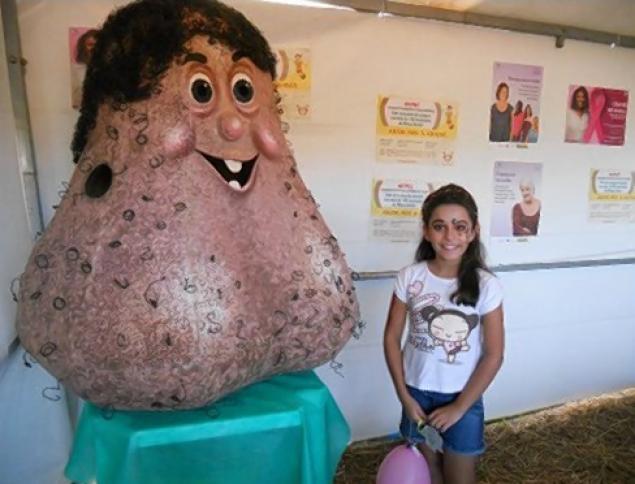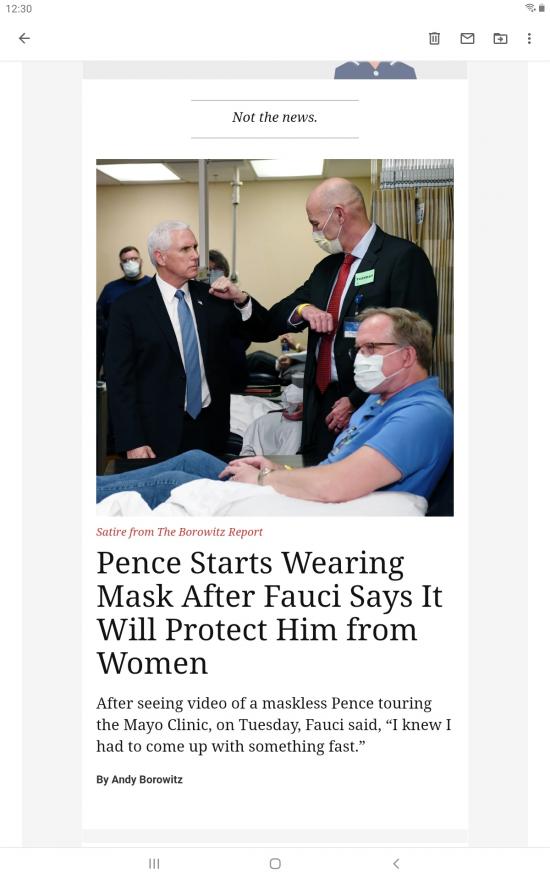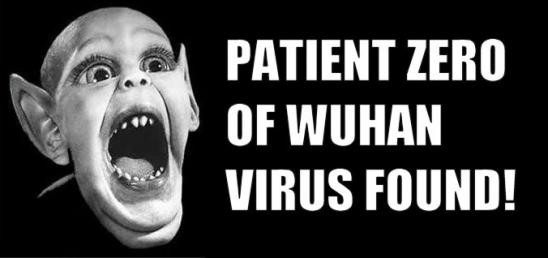This page brings together a lot of the research on the issue.
Fake News
Summary:
Fake news is not new, but the American presidential election in 2016 placed the phenomenon squarely onto the international agenda. Manipulation, disinformation, falseness, rumors, conspiracy theories—actions and behaviors that are frequently associated with the term—have existed as long as humans have communicated. Nevertheless, new communication technologies have allowed for new ways to produce, distribute, and consume fake news, which makes it harder to differentiate what information to trust. Fake news has typically been studied along four lines:
Characterization, creation, circulation, and
countering. How to
characterize fake news has been a major concern in the research literature, as the definition of the term is disputed. By differentiating between intention and facticity, researchers have attempted to study different types of false information. C
reation concerns the production of fake news, often produced with either a financial, political, or social motivation. The
circulation of fake news refers to the different ways false information has been disseminated and amplified, often through communication technologies such as social media and search engines. Lastly,
countering fake news addresses the multitude of approaches to detect and combat fake news on different levels, from legal, financial, and technical aspects to individuals’ media and information literacy and new fact-checking services.


















